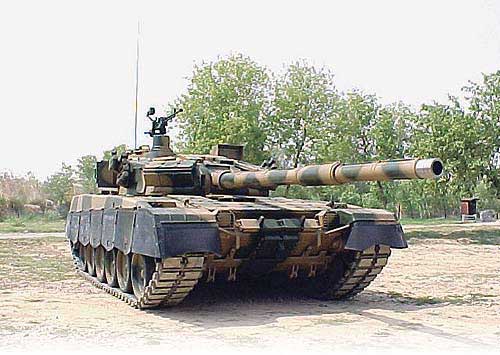
supernova
supernova SN1994 D in the galaxy NGC4526
In the entire history of astronomical observations, only 6 supernova explosions have been observed with the naked eye. In 1054, after a supernova explosion, did it appear in our "sky"? Crab Nebula. The eruption of 1604 was visible for three weeks even during the day. The Large Magellanic Cloud erupted in 1987. But this supernova was 169000 light-years away from Earth, so it was hard to see.
At the end of August 2011, astronomers discovered a supernova just a few hours after its explosion. This is the closest object of this type discovered in the last 25 years. Most supernovae are at least one billion light-years away from Earth. This time, the white dwarf exploded just 21 million light-years away. As a result, the exploded star can be seen with binoculars or a small telescope in the Pinwheel Galaxy (M101), located from our point of view not far from Ursa Major.
Very few stars die as a result of such a gigantic explosion. Most leave quietly. A star that could go supernova would have to be ten to twenty times as massive as our Sun. They are quite large. Such stars have a large reserve of mass and can reach high core temperatures and thus?Create? heavier elements.
In the early 30s, astrophysicist Fritz Zwicky studied the mysterious flashes of light that occasionally appeared in the sky. He came to the conclusion that when a star collapses and reaches a density comparable to the density of an atomic nucleus, a dense nucleus is formed in which the electrons from "split"? atoms will go to nuclei to form neutrons. This is how a neutron star will form. One tablespoon of the core of a neutron star weighs 90 billion kilograms. As a result of this collapse, a huge amount of energy will be created, which is quickly released. Zwicky called them supernovae.
The energy release during the explosion is so great that for several days after the explosion it exceeds its value for the entire galaxy. After the explosion, a rapidly expanding outer shell remains, transforming into a planetary nebula and a pulsar, a baryon (neutron) star or a black hole. The nebula formed in this way is completely destroyed after several tens of thousands of years.
But if, after a supernova explosion, the mass of the core is 1,4-3 times the mass of the Sun, it still collapses and exists as a neutron star. Neutron stars rotate (usually) many times per second, releasing vast amounts of energy in the form of radio waves, X-rays, and gamma rays. If the mass of the core is large enough, the core will collapse forever. The result is a black hole. When ejected into space, the substance of the core and shell of a supernova expands into the mantle, called the supernova remnant. Colliding with the surrounding gas clouds, it creates a shock wave front and releases energy. These clouds glow in the visible region of the waves and are an elegant because colorful object for astrographers.
Confirmation of the existence of neutron stars was not received until 1968.

